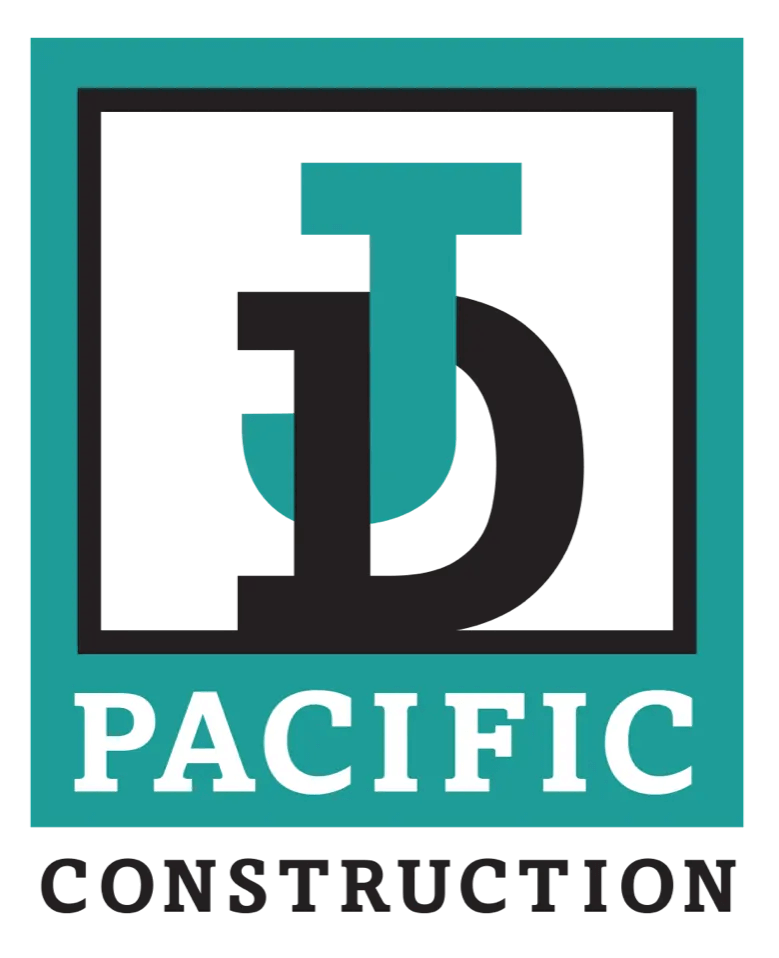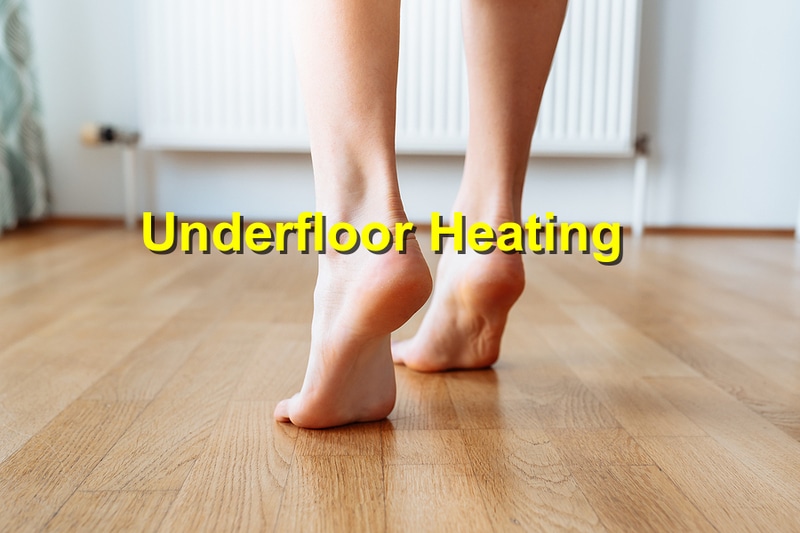You may be thinking of beginning a new construction project, or perhaps a renovation is underway. Either way, heating is one of the most important elements in the functionality of any building. Specifically, underfloor heating has become one of the most adopted forms of space heating in modern or luxurious facilities. This article will highlight the types and benefits of different underfloor heating systems useful in new or renovative constructions.
There are two primary underfloor heating systems; electric or dry system, and hydronic or wet system
Hydronic or Wet Underfloor Heating systems
in a nutshell, hydronic systems are closed-loop systems that recirculate a warm mixture of piped water and propylene glycol between the floor and the boiler. The piping system and boiler are typically fixed within a floor screed or slab. Typically, an in-slab system costs about $68 per square meter and $105 per square meter for an in-screed heating system.
Pro’s
- Often solar-powered reducing the running cost.
- Failure is easily diagnosed compared to electric systems.
Cons
- The initial cost of installation is relatively high
- Only applicable to new construction projects.
Electric Underfloor Heating System
Unlike the hydronic systems, the hydronic systems utilize flexible but non-corrosive heating elements placed under the floor. These included cables or carbon films, which warm up when the system is turned on. This dry system is suitable for colder spaces such as bathrooms and kitchens. Electric systems typically consume approximately 15p per unit each hour. The costs of initial installation are dependent on the type of heating system. Thin mesh system cost between €45-€50 per square meter, quick matting systems between €55-€60 per square meter, budget systems between €15 per square meter, and foil systems cost between €40-€50 per square meter.
Pro’
- Save on space compared to wet underfloor heating systems.
- The systems heat up relatively quickly since they are closer to the floor.
Cons
1) Systems failure can be difficult to determine
2) Mismanagement of the system may increase the maintenance costs
3) The system can form hot spots, especially if there is another heating system, such as a log burner or range cooker.
Underfloor systems are 25% more efficient compared to radiator systems, can be installed in any room, and generally save up on space. For this reason, you should consider installing a wet or dry system depending on your needs, cost, and housing infrastructure.
References: Wikipedia, WarmupLink




